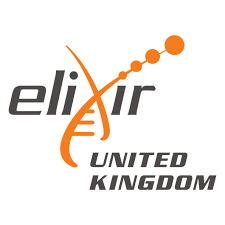GtoPdb is requesting financial support from commercial users. Please see our sustainability page for more information.
Prolyl hydroxylases C
Unless otherwise stated all data on this page refer to the human proteins. Gene information is provided for human (Hs), mouse (Mm) and rat (Rn).
Overview
« Hide
More detailed introduction 
Hypoxia-inducible factors (HIFs) are rapidly-responding sensors of reductions in local oxygen tensions, prompting changes in gene transcription. Listed here are the 4-prolyl hydroxylase family, members of which have been identified to hydroxylate proline residues in HIF1α (HIF1A; Q16665) leading to an increased degradation through proteasomal hydrolysis. This action requires molecular oxygen and 2-oxoglutarate, and so reduced oxygen tensions prevents HIF1α hydroxylation, allowing its translocation to the nucleus and dimerisation with HIF1β (also known as ARNT; P27540), thereby allowing interaction with the genome as a transcription factor.
Enzymes
|
PHD1 (egl-9 family hypoxia inducible factor 2)
C
Show summary »
More detailed page |
|
PHD2 (egl-9 family hypoxia inducible factor 1)
C
Show summary »
More detailed page |
|
PHD3 (egl-9 family hypoxia inducible factor 3)
C
Show summary »
More detailed page |
Further reading
How to cite this family page
Database page citation:
Prolyl hydroxylases. Accessed on 19/12/2025. IUPHAR/BPS Guide to PHARMACOLOGY, http://www.guidetopharmacology.org/GRAC/FamilyDisplayForward?familyId=900.
Concise Guide to PHARMACOLOGY citation:
Alexander SPH, Fabbro D, Kelly E, Mathie AA, Peters JA, Veale EL, Armstrong JF, Faccenda E, Harding SD, Davies JA et al. (2023) The Concise Guide to PHARMACOLOGY 2023/24: Enzymes. Br J Pharmacol. 180 Suppl 2:S289-373.






